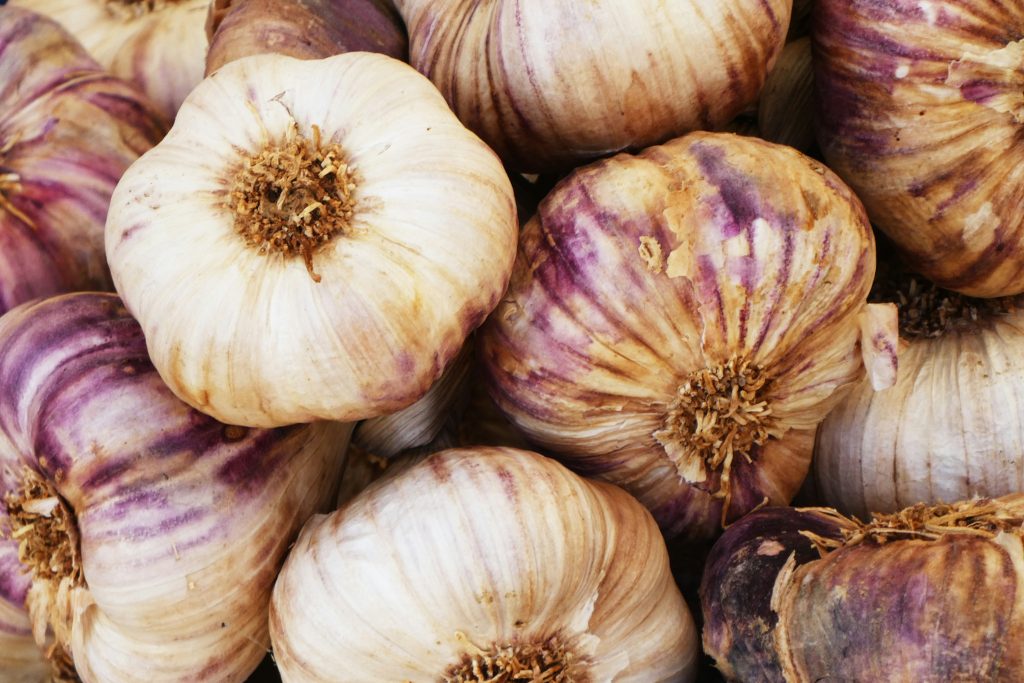By: Katie Schroeder and Beth Olson
After discussing the important role that the microbiome plays in the body and the difference between Prebiotics and Probiotics in Microbiome Part 1, it’s time to explore sources of these important nutrition components, including some trendy sources such as prebiotic sodas.
Probiotics:
Probiotics are live cultures of “good bacteria” (or other microorganisms like yeast) that help maintain the health and proper functioning of the gut microbiome. These “good bacteria” help to maintain a community of microorganisms in your gut. Sources of probiotics include both foods and supplements. The majority of foods that contain probiotics are fermented such as:
- Kefir
- Sauerkraut **(refer to footnote)
- Kimchi
- Tempeh
- Yogurt
- Kombucha
Fermentation is when microorganisms such as bacteria convert sugars and starches into alcohols and acids. This can happen naturally, but most of our fermented foods are induced by the manual addition of a live culture. This process was developed to preserve produce and often results in a “sour” taste due to the acid created as a byproduct of the fermentation. Fermenting preserves foods by creating an acidic environment where harmful bacteria cannot multiply.
Prebiotics
Prebiotics are the indigestible parts of dietary fiber that feed the good bacteria in your gut and allow them to proliferate. They aren’t digested in the upper GI tract and head straight to the colon where they are fermented by the “good bacteria”. Prebiotics have lots of indirect positive effects on health and indirectly support immune and digestive health by helping to cultivate a healthy microbiome. Most fruits, vegetables, legumes, and whole grains are good sources of fiber. Food sources that can work as prebiotics include:

- Garlic and onions
- Bananas
- Leeks
- Asparagus
- Whole grains (barley, oats, brown rice)
- Legumes
Sodas:
There has been a recent surge in the market for prebiotic sodas. While they may sound like a good source of these essential players in gut health, the marketing of these sodas can be a bit misleading. Some contain very little of the daily recommended intake of fiber, which for adults is 25-38 g per day. One popular brand only contains about 2g which is 7% of your Daily Recommended Value. Yet another popular brand contains 9g which is about 32% of your recommended intake. Both contain added sugars and are not the best source of prebiotics when compared to whole foods. These sodas do have far less added sugar than other traditional soda options and if they are the only source of prebiotics, they could be a convenient source once and a while. So, as always, it is recommended that you look to whole foods to be your primary source of important diet components, including pre- and probiotics.
Supplements:
There has also been an uptake in the consumption of probiotics and prebiotics in pill form. While whole foods are the best source of both of these, and offer other nutrients as well, pill form may be something people consider in consultation with their doctor, especially if their diet or health is limited in some way. Prebiotics may cause problems for people with certain gastrointestinal diseases, and for those already eating well-actually disturb an already healthy microbiome.
The microbiome is an amazing facet of your body that helps to maintain a healthy nutrition status and promote a healthy immune system. Research is ongoing, but it may be important in other areas of health, as well. Consuming proper amounts of both prebiotics and probiotics is important to maintaining microbiome health. A healthy diet overall is the best way to keep your gut healthy.
Be sure to check back on February 7th for the beginning of our new series Fad Fridays. In this series, we will tackle all things trendy and misleading in the nutrition world and will debunk some common food fads!
** Sauerkraut only contains probiotics if it isn’t heat-treated. You can see on a label whether it is pasteurized or unpasteurized. If it isn’t specified, it is likely heat-treated. When selecting sauerkraut as a source of probiotics, it’s important to choose unpasteurized or non-heat treated.
